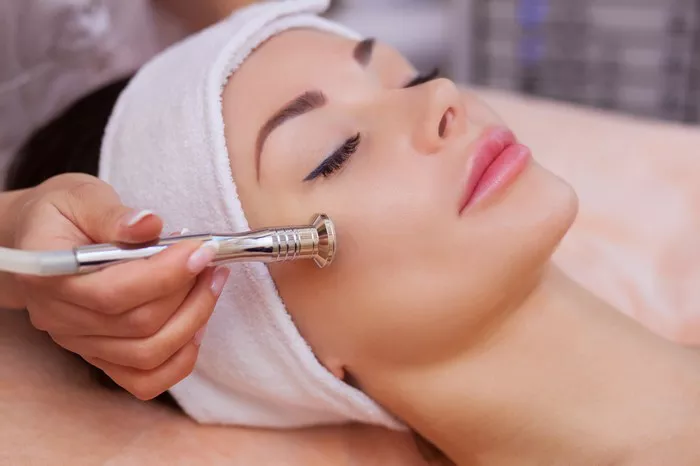Facelifts are a popular cosmetic procedure that can help reverse the signs of aging and restore a youthful appearance. However, many people are unsure about the best age for facelift. In this article, we will explore the factors to consider when determining the best age for facelift and provide helpful information to guide your decision-making process.
What is a Facelift?
A facelift, also known as a rhytidectomy, is a surgical procedure that tightens and lifts the skin on the face and neck. The procedure can help reduce the appearance of wrinkles, sagging skin, and other signs of aging. Facelifts are typically performed under general anesthesia and involve making incisions around the ears and hairline to access the underlying tissue.
Factors to Consider When Determining the Best Age for Facelift
The best age for facelift can vary depending on several factors, such as the individual’s skin condition, overall health, and personal preferences. Here are some factors to consider when determining the best age for facelift:
Skin condition: The condition of the skin is a crucial factor when determining the best age for facelift. If the skin has significant wrinkles, sagging, and other signs of aging, a facelift may be a suitable option. However, if the skin is relatively youthful and firm, non-surgical options such as injectables or lasers may be more appropriate.
Overall health: The overall health of the individual is another critical factor when determining the best age for facelift. Candidates for facelifts should be in good general health and have no underlying medical conditions that could affect the healing process.
Personal preferences: Personal preferences are also an important factor when determining the best age for facelift. Some individuals may prefer to undergo the procedure earlier in life to maintain a youthful appearance, while others may wait until later in life to address more significant signs of aging.
Lifestyle factors: Lifestyle factors such as smoking, sun exposure, and stress can also affect the aging process and the suitability of facelifts. Candidates for facelifts should maintain a healthy lifestyle and take steps to protect their skin from environmental factors that can accelerate the aging process.
The Best Age for Facelift: When to Consider the Procedure
While the best age for facelift can vary depending on individual factors, there are some general guidelines to consider. Here are some age ranges when facelifts may be most appropriate:
40s and 50s: Facelifts are often most effective for individuals in their 40s and 50s who have moderate to significant signs of aging. At this age, the skin is still relatively elastic, and the underlying tissue is not significantly affected by gravity.
60s and 70s: Facelifts can also be effective for individuals in their 60s and 70s who have more significant signs of aging. At this age, the skin may be less elastic, and the underlying tissue may be more affected by gravity. However, facelifts can still provide significant improvements in the appearance of the face and neck.
80s and beyond: While facelifts are less common for individuals in their 80s and beyond, they may still be suitable for some candidates. However, candidates at this age should be in good overall health and have realistic expectations for the procedure’s outcome.
It is important to note that the best age for facelift can vary depending on individual factors, and there is no one-size-fits-all approach. Candidates for facelifts should consult with a board-certified plastic surgeon to determine the best course of action based on their unique needs and goals.
Non-Surgical Alternatives to Facelifts
While facelifts can be an effective way to reverse the signs of aging, they are not suitable for everyone. Non-surgical alternatives to facelifts may be more appropriate for individuals who have less significant signs of aging or who prefer a less invasive approach. Here are some non-surgical alternatives to facelifts:
Injectables: Injectables such as Botox and dermal fillers can help reduce the appearance of wrinkles and restore volume to the face.
Lasers: Laser treatments can help improve the texture and tone of the skin and reduce the appearance of wrinkles and age spots.
Chemical peels: Chemical peels can help improve the texture and tone of the skin and reduce the appearance of wrinkles and age spots.
Ultrasound therapy: Ultrasound therapy can help lift and tighten the skin without surgery.
Radiofrequency therapy: Radiofrequency therapy can help tighten the skin and improve its texture and tone.
Conclusion
Determining the best age for facelift depends on several factors, such as skin condition, overall health, personal preferences, and lifestyle factors. While facelifts can be an effective way to reverse the signs of aging, they are not suitable for everyone. Non-surgical alternatives to facelifts may be more appropriate for individuals who have less significant signs of aging or who prefer a less invasive approach. Candidates for facelifts should consult with a board-certified plastic surgeon to determine the best course of action based on their unique needs and goals. By considering these factors and consulting with a qualified plastic surgeon, individuals can make an informed decision about the best age for facelift and achieve natural and aesthetically pleasing results.


